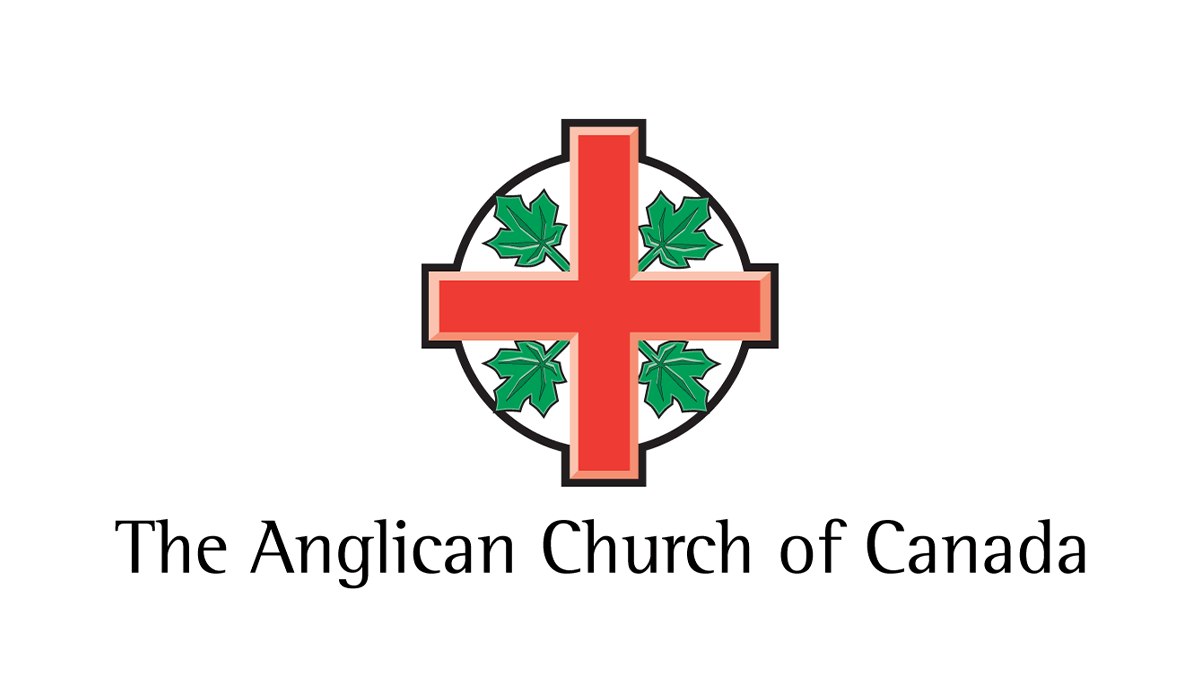“This is not a blueprint, it’s a vision of what the church can be. Its first purpose is renewal—and renewal is about unity, because the more faithfully we live into God’s will for what it means to be church, the closer we draw to those who seek the same thing.”
The subject is a document: The Church: Towards a Common Vision. The speaker is the Geneva-based Rev. Canon Dr. John Gibaut, director of the Faith and Order commission at the World Council of Churches and priest of the Diocese of Ottawa.
This month will see the document—which Gibaut shepherded through its final stages—formerly introduced at the 10th WCC assembly in Busan, South Korea. From there it begins the reception and response process, in which member churches of the WCC have until 2015 to produce formal responses.
“However dry a discussion about our theology of church may sound, it’s actually fundamental in trying to heal some of our divisions and come to a mutual understanding of each other,” says the Ven. Bruce Myers, General Synod’s coordinator for ecumenical relations.
The Anglican Church of Canada (ACC) began its official response to the document at its Joint Assembly in Ottawa this summer. General Synod passed a resolution to receive the document, and thank the Canadian Anglicans who were part of the international ecumenical team that drafted it.
The ACC’s response continues as Towards a Common Vision is reviewed by bishops, diocesan ecumenical officers, and Anglican affiliated theological colleges and seminaries. Their responses will be compiled into an ACC response to the document, ready by June 30, 2015.
“It will be interesting to see what kind of response we get,” says Myers. “It moves us towards the visible unity of the church. I’m hoping that all those interested will take the time to read the document and offer their thoughts so we can contribute to that wider conversation that’s happening internationally.”
Towards a Common Vision is the result of a 20-year process, a ‘convergence text’ that is meant to provide the 350 member churches of the WCC a unifying document on the meaning of church. It is the second effort of this kind in the 80 year history of the WCC. The first was Baptism, Eucharist, and Ministry in 1982.
“A 20-year process sounds slow,” says Gibaut, “but it involved a number of stages of dialogue with the churches on previous texts.”
“In the quest for Christian unity one of the blocks has been our perception that we’re not agreed about what church means. What this text suggests is that there is agreement—deep agreement—about what the church is. And if enough churches can say we see ourselves in that, it shows to the churches that we have a fundamental agreement on what it means to be church.”
So what does this mean for your average Canadian Anglican in the pew? How does it affect Christians who are only involved locally? For this, Gibaut has a ready answer.
“The local is wholly church, but not the whole church. To be an Anglican Christian means to be in communion with people beyond your parish, your diocese, your country, your continent, your tradition. There’s something about ecumenical spirituality that calls you beyond. It calls you out of yourself. It’s part of the Gospel.”
